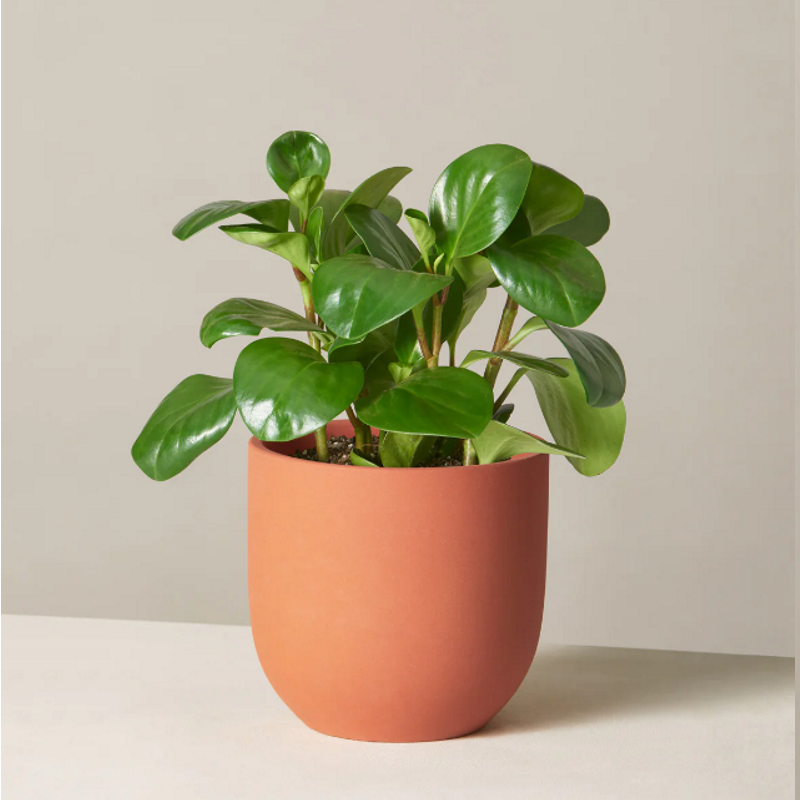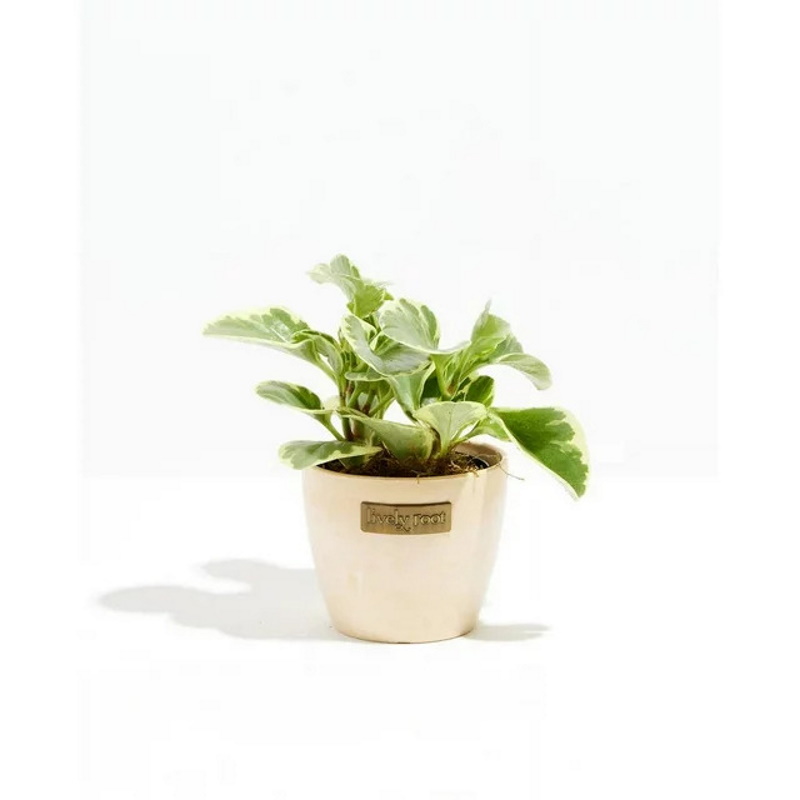Baby rubber plant care guide – 5 expert tips for this glossy miniature houseplant
The compact size of Peperomia obtusifolia adds a charming touch to indoor plant displays
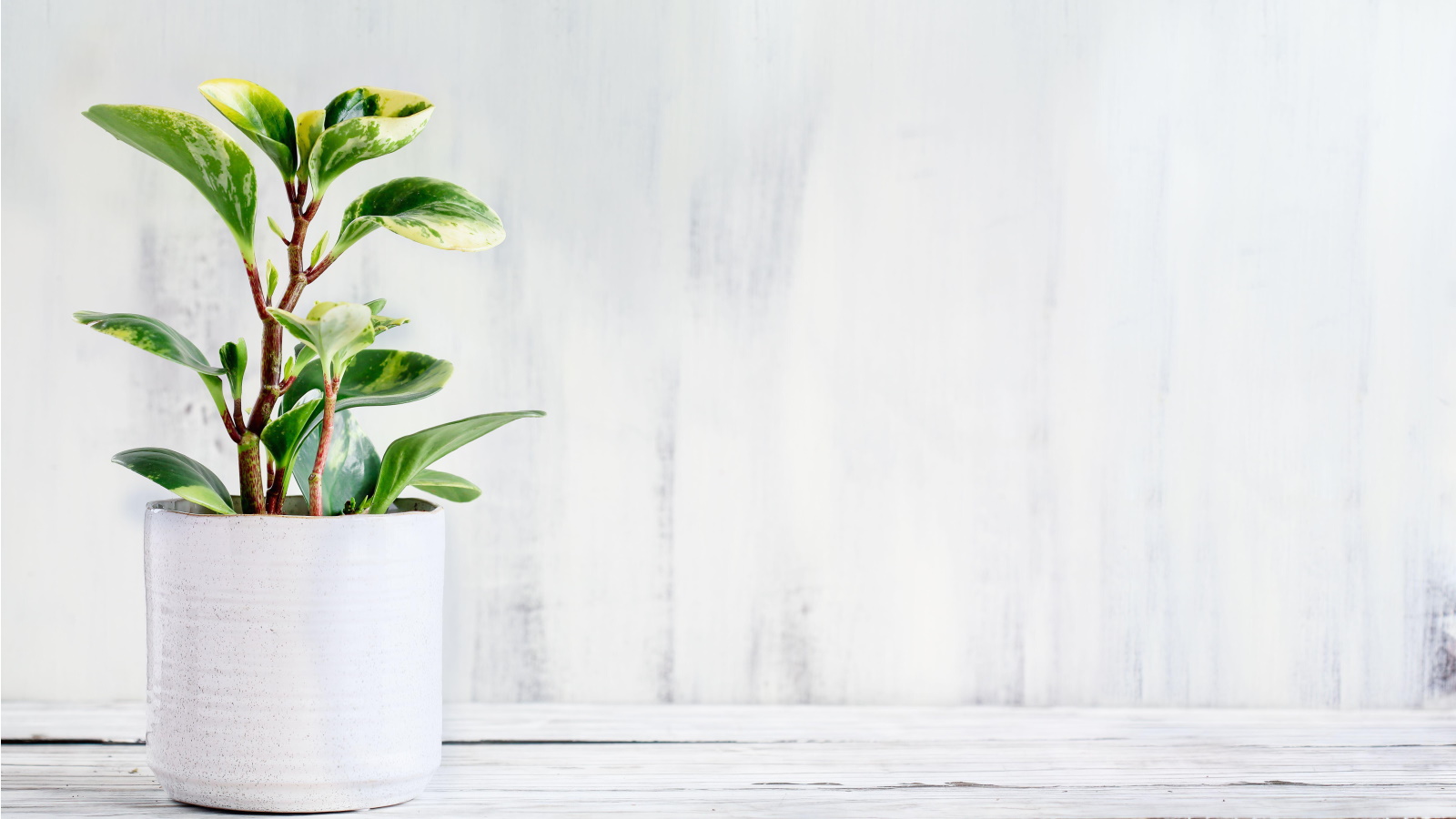

For houseplant lovers, nothing can get much cuter than an indoor plant that looks like a smaller, identical version of another houseplant. That's exactly what Peperomia obtusifolia is - a miniature version of the popular rubber plant.
Native to Florida, Mexico and the Caribbean, baby rubber plants, as they are also known, grow up to 12 inches tall indoors. There are lots of different types of these plants, many of which offer beautiful variegated leaves.
They gain their name from their succulent-like foliage and similar appearance to rubber plants, but baby rubber plants are actually quite different.
'The baby rubber plant is a common name used for the Peperomia obtusifolia. You may also hear about a plant known as the rubber tree which is actually referring to the Ficus elastica and not a peperomia. They are completely different plants with different care,' says Paris Lalicata, head of plant education and community at The Sill.
These compact leafy houseplants are low maintenance and we've gathered expert tips for keeping it looking its best.
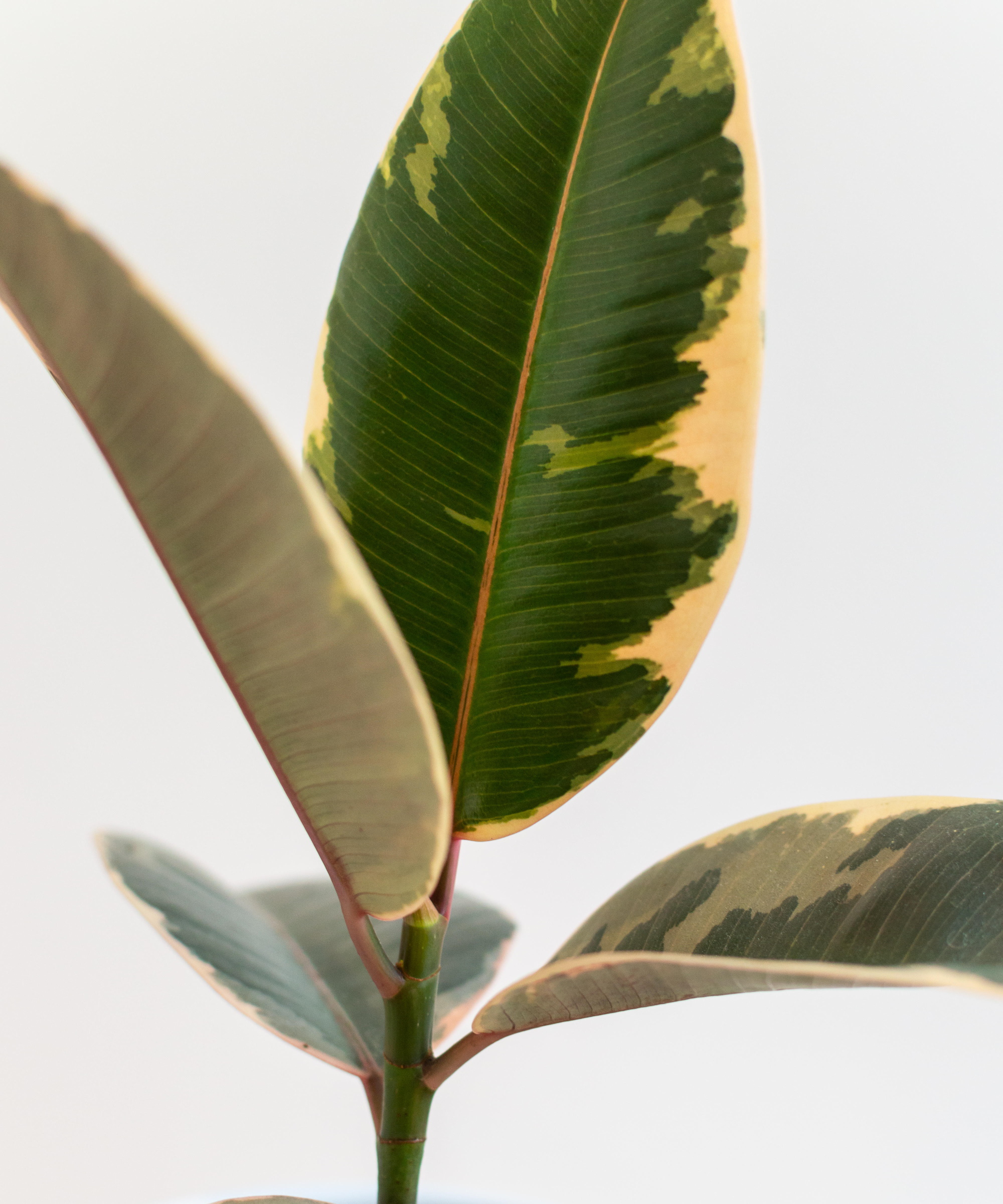
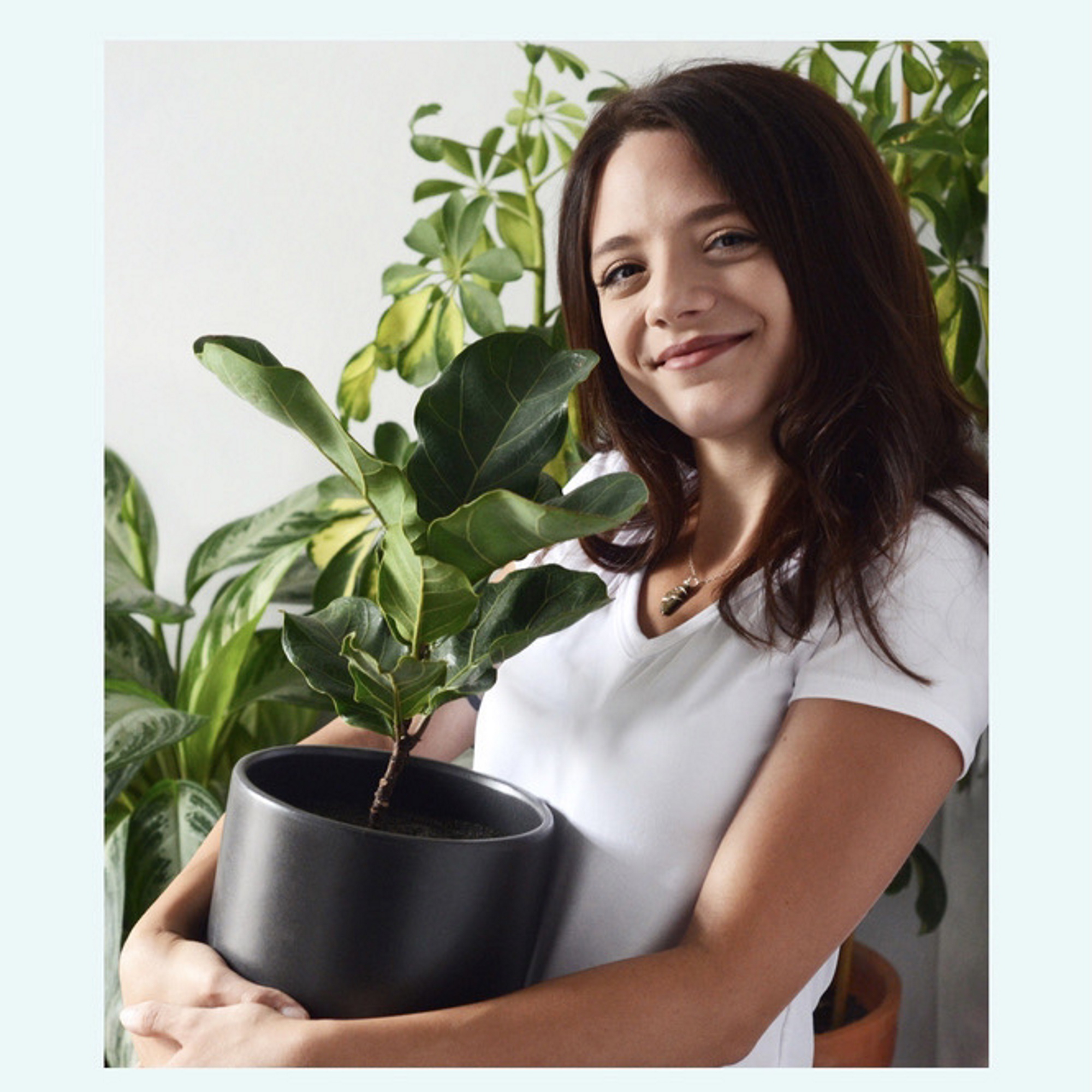
Paris has been at The Sill for five years, looking after Plant Education and Community. She is a self-taught plant expert with over ten years of experience growing houseplants and is currently working on becoming a certified sustainable gardener. She maintains an indoor garden of over 200 plants in the north-east of the USA and is passionate about making plant care more digestible for budding plant parents.
5 expert tips for baby rubber plants
If you're looking for a small houseplant with strong leafy structure, a baby rubber plant is a great choice. They're easy to look after and we've compiled expert tips for giving yours the best care.
1. Avoid putting your plant in direct sunlight
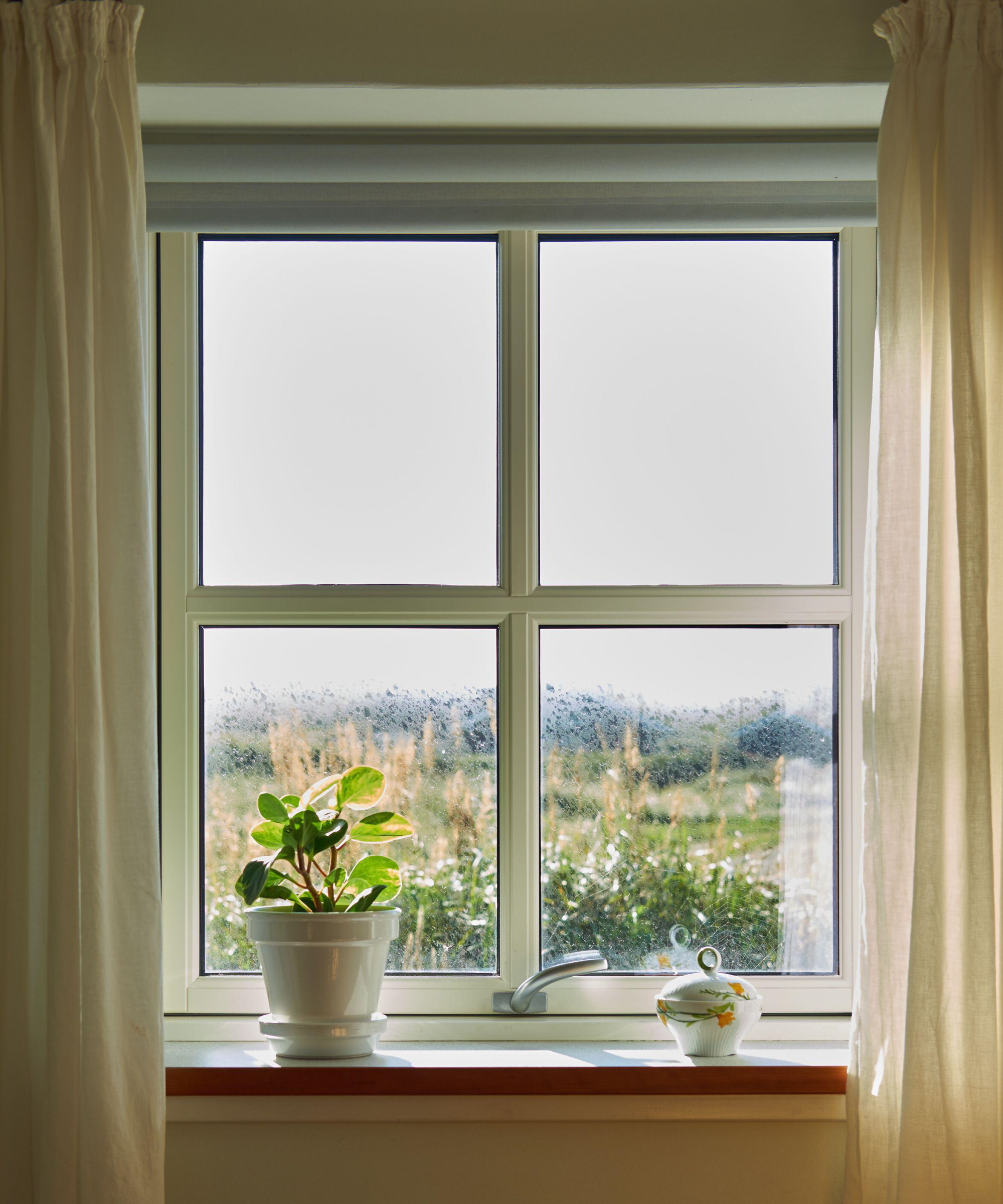
In their natural environment, Peperomia obtusifolia, can be found in tropical rainforests, shielded from direct sunlight by canopies of trees.
'Baby rubber plants prefer medium to bright indirect light and should be positioned near a window with filtered sunlight,' says Autumn Hilliard-Knapp, houseplant expert from Perfect Plants.
It's important to give baby rubber plants plenty of indirect light because insufficient light can lead to drooping foliage, much like rubber trees.
'Avoid direct sunlight, as it can scorch the leaves. A spot near a window with a sheer curtain would be ideal,' says Andy Burde, houseplant expert at the House Plant shop

Autumn is a horticulture specialist and marketing professional at Perfect Plants Nursery. With four years of experience in the horticulture industry, she has developed a passion for helping people create beautiful indoor and outdoor spaces to enjoy. Her expertise in horticulture encompasses a broad range of activities, including plant care and selection, landscape design, and maintenance.

Andy is a seasoned horticulturist and houseplant expert with HousePlantShop.com. With years of experience in plant care, propagation, and interior gardening, he specializes in nurturing healthy, vibrant houseplants and advising enthusiasts on best practices. His focus is on sustainable and practical methods that cater to both beginners and advanced plant lovers.
2. Let your plant dry out
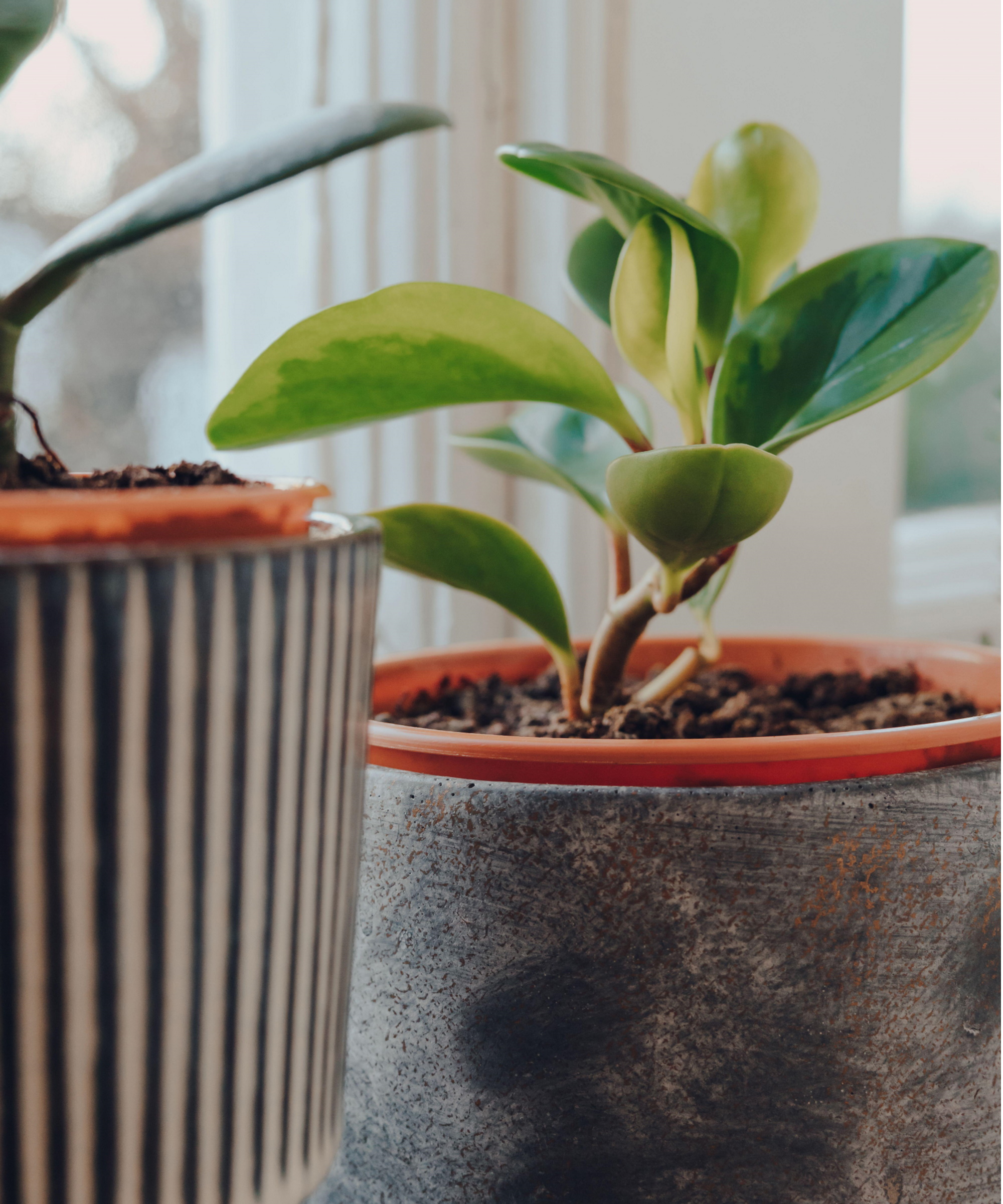
A common houseplant mistake is not knowing how to water indoor plants correctly.
'Since they have succulent-like leaves, baby rubber plants are susceptible to overwatering and root rot disease. This is why it’s important to allow the soil to dry between waterings,' says Paris Lalicata.
'Generally, you may see yourself watering the plant anywhere between seven to 10 days depending on conditions in the home. You’ll want to ensure to allow the soil to dry out before thoroughly soaking it,' she adds.
3. Fertilize your baby rubber plant during warmer months

Baby rubber plants aren't among fast-growing indoor plants and rather have an average growth rate.
You can, however, boost growth and encourage a fuller look by feeding it during its active growth season in spring and summer.
'Feeding baby rubber plants with a balanced fertilizer about every two to four weeks during the growing season can provide them with essential nutrients,' says Autumn.
There are lots of houseplant fertilizers on the market, including this liquid indoor plant food from Perfect Plants.
Their finer root systems also mean that they won't outgrow their pots quickly and you may find you only need to repot your baby rubber plant every three years on average.
4. Keep humidity high around your plant
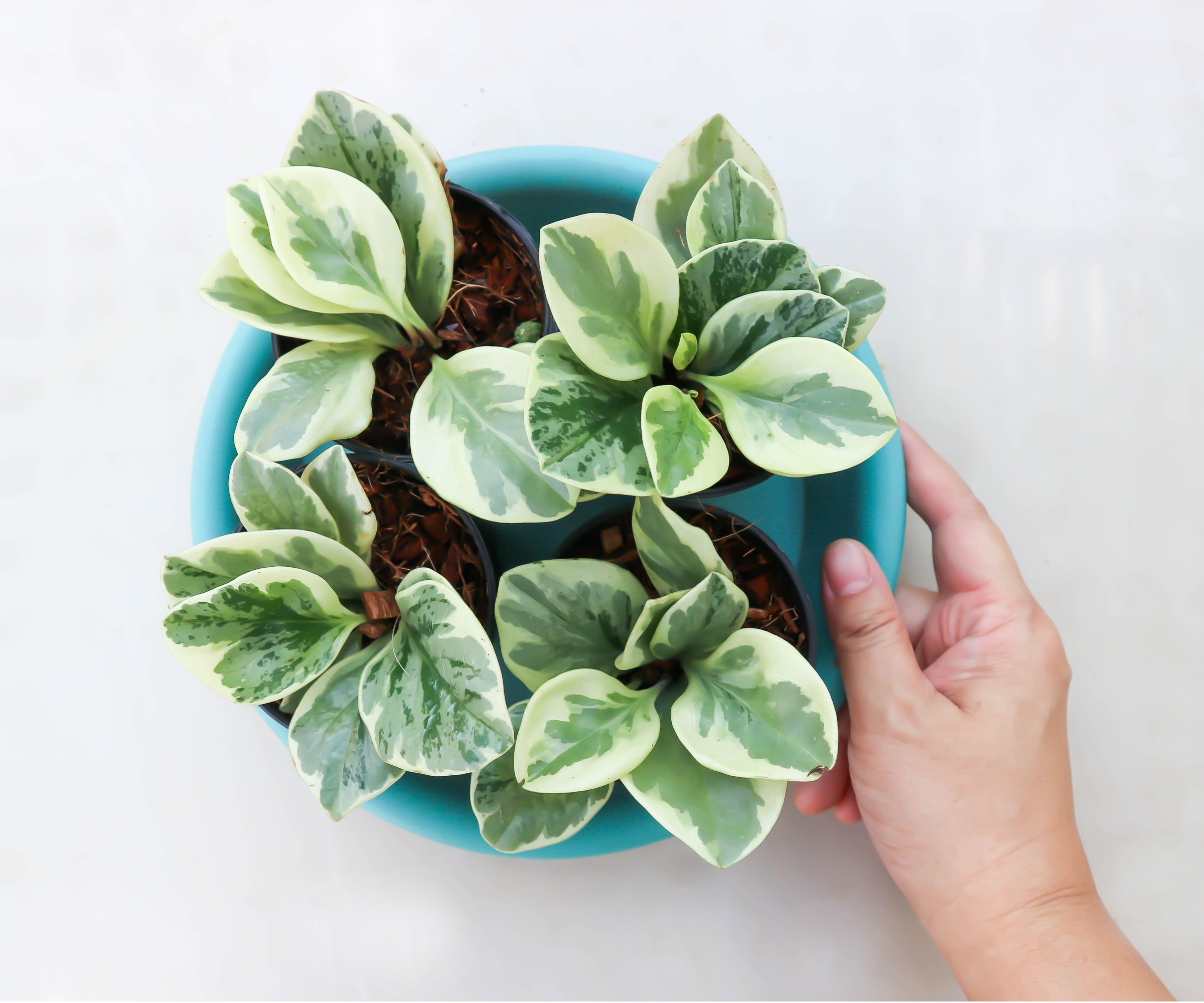
As with other tropical indoor plants, Peperomia obtusifolia thrive in higher humidity and providing an environment that resembles its humid habitat will help keep it looking glossy and healthy.
'Keep the plant away from drafts and maintain a consistent temperature and humidity level to mimic its tropical origins,' says Andy.
'Baby rubber plants appreciate higher humidity levels, so misting the leaves or placing them near a humidifier can be beneficial,' says Autumn.
There are lots of ways to increase humidity for your houseplants, including misting, like with this mister from Greendigs, or placing your plants near each other.
5. Remove dust from its leaves with a damp cloth
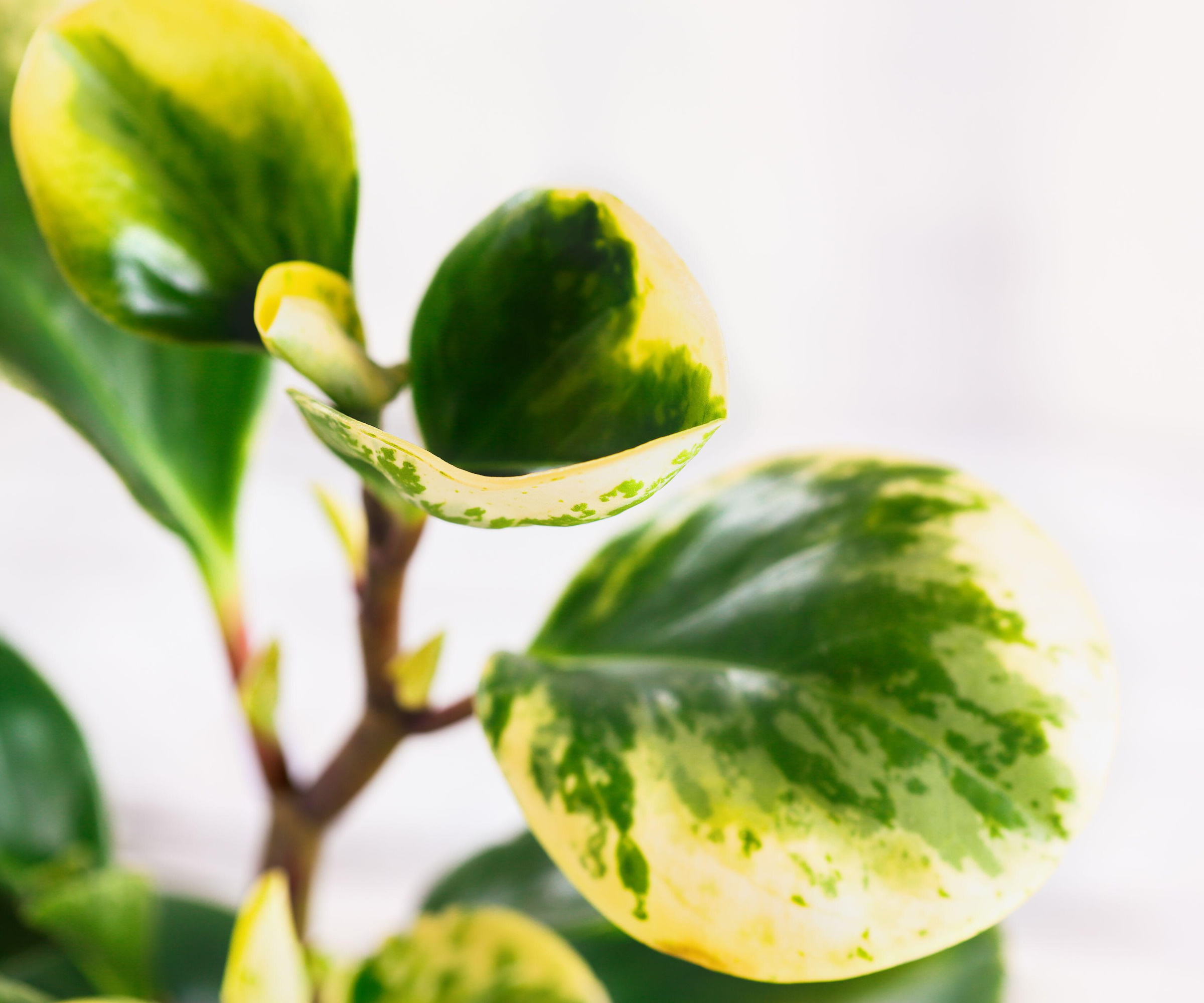
Just like rubber plants, baby rubber plants are loved for their attractive, glossy succulent-like foliage which adds bold statement among indoor plant displays.
You may notice that the leaves of your baby rubber plant collect dust, dulling the appearance of their charming leaves, but it's completely harmless and can be easy to clean.
'Wiping the leaves with a damp cloth can help keep them dust-free and shiny,' says Andy.
Shop baby rubber plants online
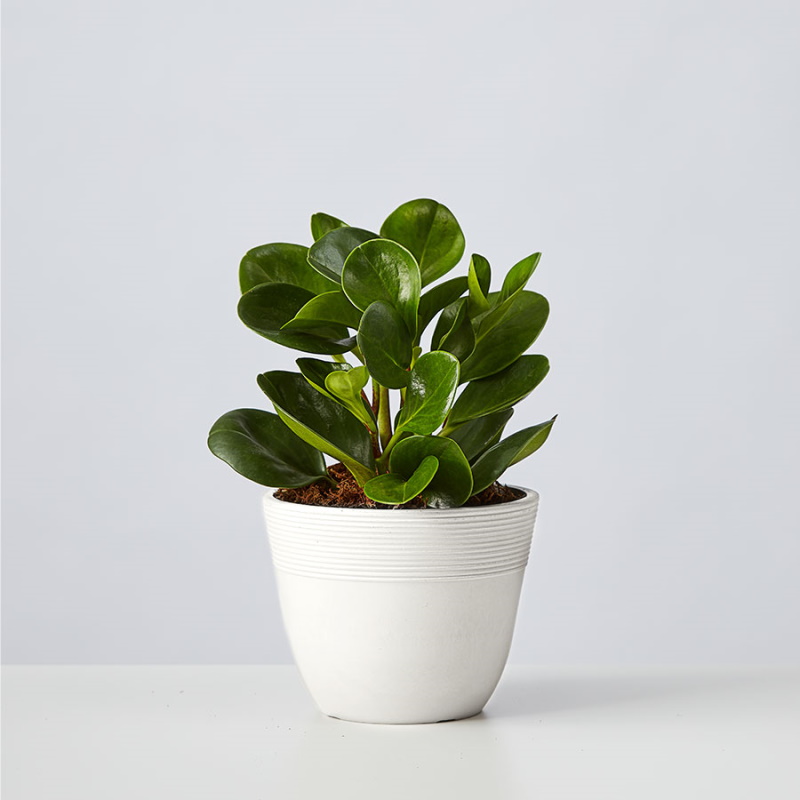
Whatever your design style, this baby Rubber plant will fit right in. It's also known as the teardrop peperomia for its dark-green, teardrop-shaped leaves.
FAQs
How is a baby rubber plant different to a rubber plant?
Although baby rubber plants gain their name because they have a similar appearance to rubber plants, these two indoor plants are different species. Baby rubber plants, or Peperomia obtusifolia, are smaller in size, around 12 inches in height. Rubber plants, or Ficus elastica, can grow up to two meters in the right conditions. It's important to identify which plant you have because they have different care requirements.
Are baby rubber plants toxic to pets?
Yes, baby rubber plants, or Peperomia obtusifolia, are non-toxic and safe around curious dogs and cats. Most plants that are not pet-friendly contain a toxic chemical or sap that can cause illness or skin irritation. Baby rubber plants do not contain this, making them safe for houseplant lovers with pets. In comparison, rubber trees (Ficus elastica) are toxic to pets so it's important to research the differences in these plants before purchasing them.
Baby rubber plants are perfect compact additions to houseplant collections. They have glossy, bold leaves and are small enough to fill a space on a windowsill or shelf. They love humidity and will do well as a bathroom plant, alongside orchids or ferns.
Sign up to the Homes & Gardens newsletter
Design expertise in your inbox – from inspiring decorating ideas and beautiful celebrity homes to practical gardening advice and shopping round-ups.

Tenielle is a Gardens News Writer at Homes & Gardens. She holds a qualification in MA Magazine Journalism and has over six years of journalistic experience. Before coming to Homes & Gardens, Tenielle was in the editorial department at the Royal Horticultural Society and worked on The Garden magazine. As our in-house houseplant expert, Tenielle writes on a range of solutions to houseplant problems, as well as other 'how to' guides, inspiring garden projects, and the latest gardening news. When she isn't writing, Tenielle can be found propagating her ever-growing collection of indoor plants, helping others overcome common houseplant pests and diseases, volunteering at a local gardening club, and attending gardening workshops, like a composting masterclass.
-
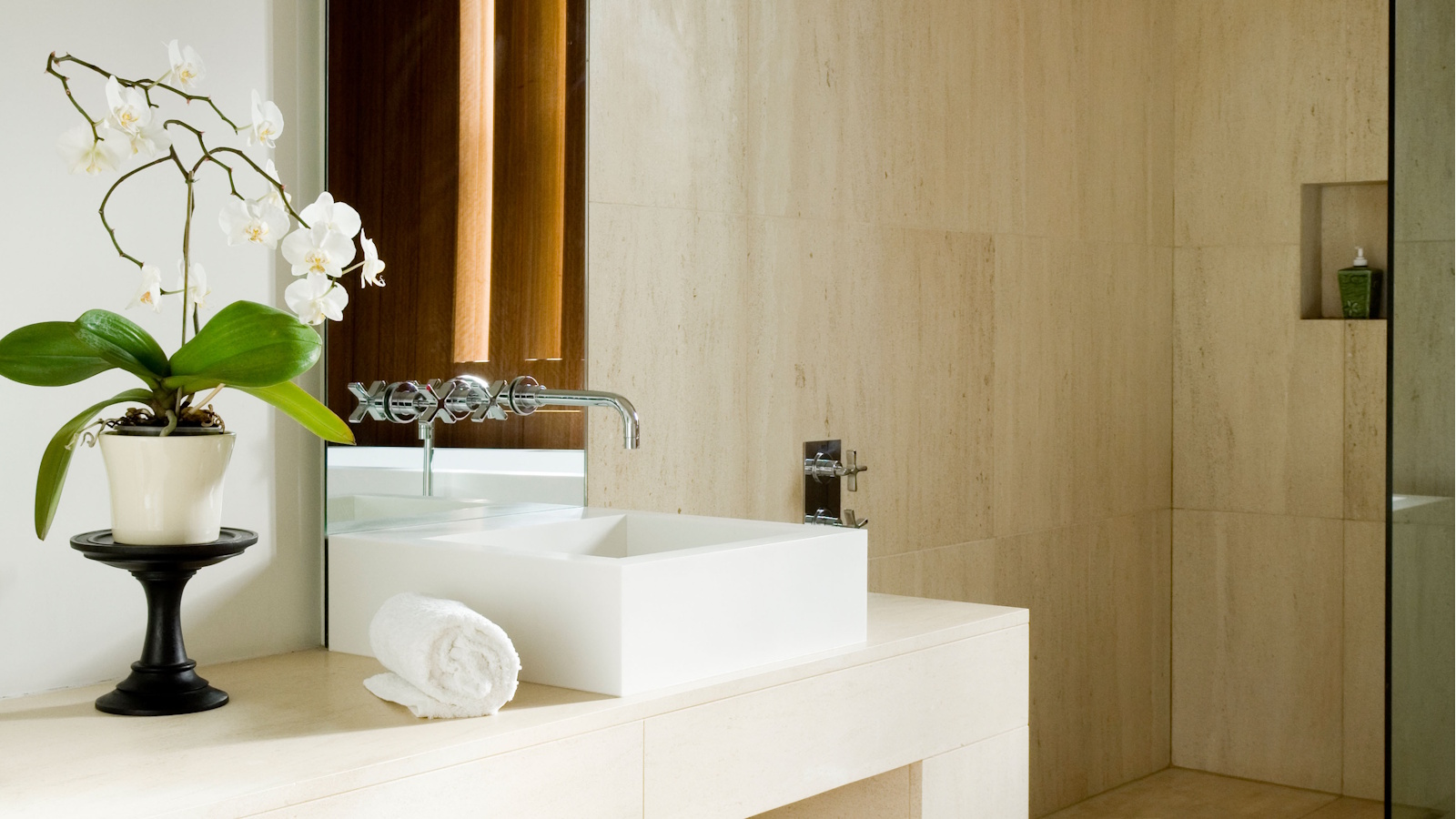 My orchid's leaves haven't wrinkled since moving it to this exact spot in my home – it's the easiest hack to keep these flowering houseplants hydrated
My orchid's leaves haven't wrinkled since moving it to this exact spot in my home – it's the easiest hack to keep these flowering houseplants hydratedDehydrated orchids can perk up again in the environment of a bathroom
By Tenielle Jordison
-
 Hailey Bieber's curvaceous toaster is an Italian design staple (with roots in the 1950s) – it blends retro style with modern capabilities
Hailey Bieber's curvaceous toaster is an Italian design staple (with roots in the 1950s) – it blends retro style with modern capabilitiesThis toaster has stood on the countertops of 'It girls' since the '50s, and Hailey Bieber has just resurged the trend – you can follow suit for $250
By Megan Slack
